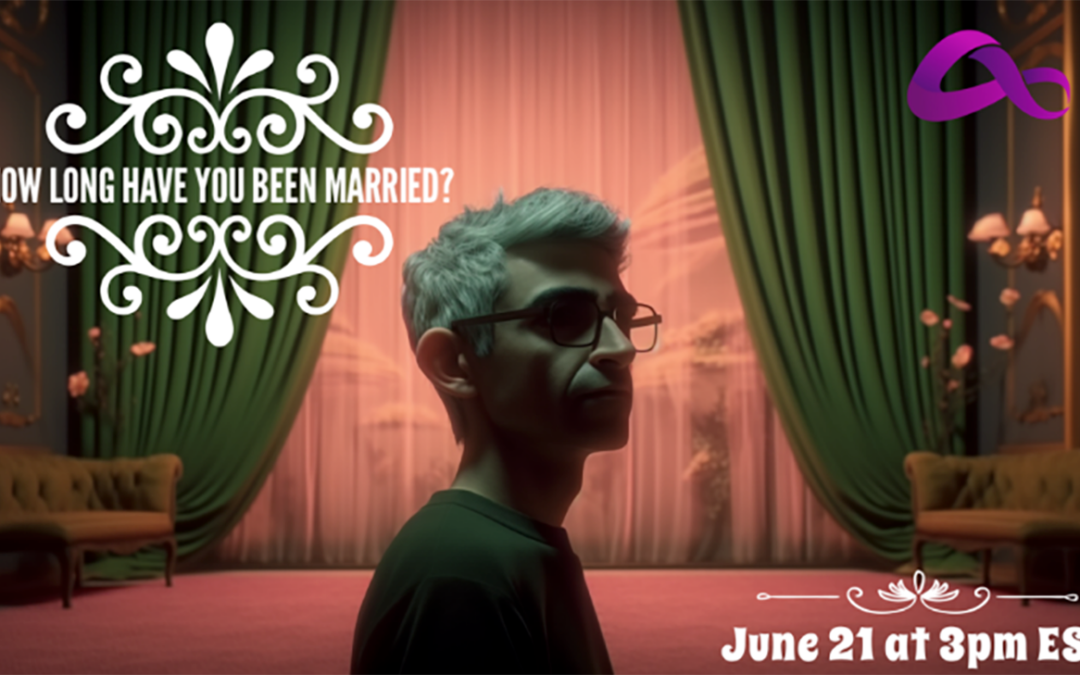Click HERE to watch video.
What is Web 3?
Tell me the truth… did you realize we’re up to Web 3.0 already?
If your honest answer is “Huh?” don’t feel bad; I’m not really sure when that happened either.
As I understand it, Web 1.0 started way back in the dark ages when the Internet was invented so that military and academic computers could share information. And kind of like the folks who lived in years that ended in either BC or AD (or BCE and ACE) didn’t use those acronyms on their driver’s licenses; I’m pretty sure the people involved in Web 1.0 didn’t know 2.0 was coming either.
It just did.
Because right after Y2K, the whole Web craze popped like a soap bubble alighting on a cactus. And when the dust finally cleared, we all discovered that we were suddenly in Web 2.0.
And then, somewhere around COVID or the dawn of this new decade, we emerged from our isolation and discovered ourselves smack dab in Web 3.0.
While I’m not entirely sure what the differences are between versions one, two, and three, an advantage of the 3.0 version is that now I can pose the question to ChatGPT, and its AI can clear it all up for me.
“Web 1.0 refers to the early days of the Internet, characterized by static websites and limited user interaction. During this era (roughly from the late 1980s to the early 2000s), websites primarily consisted of simple HTML pages that provided information to users. The content was mostly one-way, with users passively consuming information without much ability to contribute or interact. Websites were mainly used for publishing and accessing static content like text and images.
Web 2.0 marked a significant shift in how people interacted with the Internet. It emerged in the mid-2000s and continues to be the dominant phase of the web today. Web 2.0 introduced a more interactive and participatory experience for users. Key features of Web 2.0 include social media platforms, user-generated content, collaboration tools, and web applications. Websites became dynamic, allowing users to create, share, and collaborate on content.
So what is Web 3?
Web 3.0 is a concept that describes the future direction of the Internet, focusing on enhanced user experiences, advanced technologies, and a more intelligent and personalized web. While there is no universally agreed-upon definition for Web 3.0, it generally involves the integration of emerging technologies such as artificial intelligence (AI), machine learning, blockchain, augmented reality (AR), and virtual reality (VR) to create more sophisticated and interconnected online experiences. Web 3.0 aims to provide users with a more decentralized, secure, and personalized web environment.”
Make sense?
The most gratifying sentence in the AI response was this: “While there is no universally agreed-upon definition for Web 3.0…” Why do I point that out? Because that means ChatGPT doesn’t really know what Web 3.0 is, either.
None of that ambiguity means that there aren’t scores of engineers, marketers, and futurists working on Web 3.0, selling Web 3.0, and prognosticating on Web 3.0.
And why should I be any different?
So, at 3 PM on Wednesday, June 21, 2023, I will join the Alpha Collective to talk about Web 3.0 and how you can prepare for it. I’d love for you to tune in live and listen to the conversation. You can do that HERE.
Of course, because this is Web 3.0, those pesky rules of time and space have been overridden, and you can access the show whenever you like. Just click HERE.
What is the Alpha Collective? According to their website, the “Alpha Collective is a Web3 Business focused on the business of Web3.”
I’ll bet THAT cleared everything up, didn’t it? (Yeah, it didn’t work so well for me either.)
I can promise you that my presentation will be brilliant. Or that I’ll fall flat on my face and embarrass myself.
But of course, you won’t know if you don’t go.
Or, to paraphrase that star of 1930’s Web 0.0, Oliver Hardy, “Here’s another fine mess you’ve gotten me into.”


Bruce,
Fantastic, outstanding, intelligent, interesting, and entertaining.
Thank you once more.
Thank you Alan.
GREAT BLOG, EVEN BETTER INTERVIEW WITH JAFFE
Thank you Ellen.
Well it appears ChatGTP is still (for the time being) not self aware.
Web 3 = decentralization. Individuals having more control and ownership of their data, content, files, currencies, etc.
Blockchain is the most obvious aspect of this. Unlike Web 2 which happened as you stated, as was an easy transition for Internet users whereas Web 3 is still confusing (and scary) for most people. “But where exactly is the blockchain”?
The slow adoption is likely tied to a fear of it Web 3 and the internal conflict people around wanting full control but being dubious about what it means. I had a front row seat having worked with a Miami based prop tech firm Propy – who enables complete real estate transactions on the Blockchain to purchase homes. You’d think this would have triggered an explosion of users in real estate – I sure did – but that’s not the case. So many the better definition for Web 3 is – the scary phase of the internet.
Thanks Marc. I’ll add your definition to my list.